The Valentine's Day snake puzzle
- Published


The search for a culprit who abandoned 29 valuable snakes in February is continuing, but it's a case that has everyone mystified, reports Chris Stokel-Walker.
The wriggling inside the pillowcase signalled that something wasn't right.
The evening before Valentine's Day, firefighters working at Farringdon Community Fire Station, a modern, two-storey building in Sunderland, were asked to deal with an unusual incident.
The location was a bin around the back of their station, where Buzz Lightyear bedding hid 13 royal python snakes, each between two and four feet long. (Tyne and Wear Fire Service were approached for this story, but declined to participate.) The RSPCA was called and the officer who arrived at the scene took the cold and already lethargic animals home to warm them up.
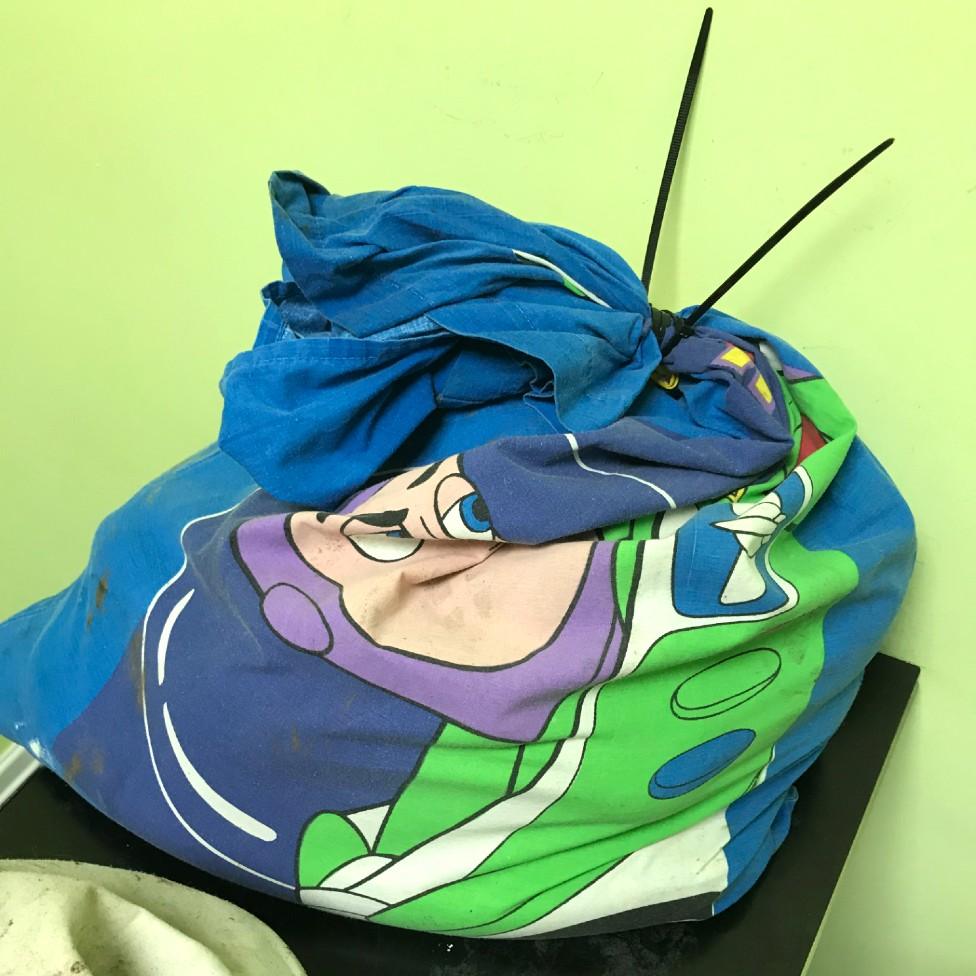
The following morning, 14 February, a local vet found that all were in good condition except one, which later died.
It was at this point that RSPCA inspector Trevor Walker was called in. Though he works in nearby Newcastle, he's a Yorkshire lad and was due to visit family in the county that day. As the snakes needed to be moved to a specialist RSPCA holding centre in Yorkshire, he volunteered to carry them in the boot of his Volvo hatchback.
"We had 12 snake bags, each one containing one snake, laid in the boot where it was nice and warm," he says.
"I didn't mention it to the wife until we were halfway there. I don't think she'd have been happy if she'd known."
Having safely deposited the snakes, Walker got on with family matters. But as he was looking at his iPad the next day, he received a fresh alert. Another set of snakes had been abandoned in exactly the same place. This time, one more royal python and 15 corn snakes, left in two taped and ziplocked pink pillowcases.
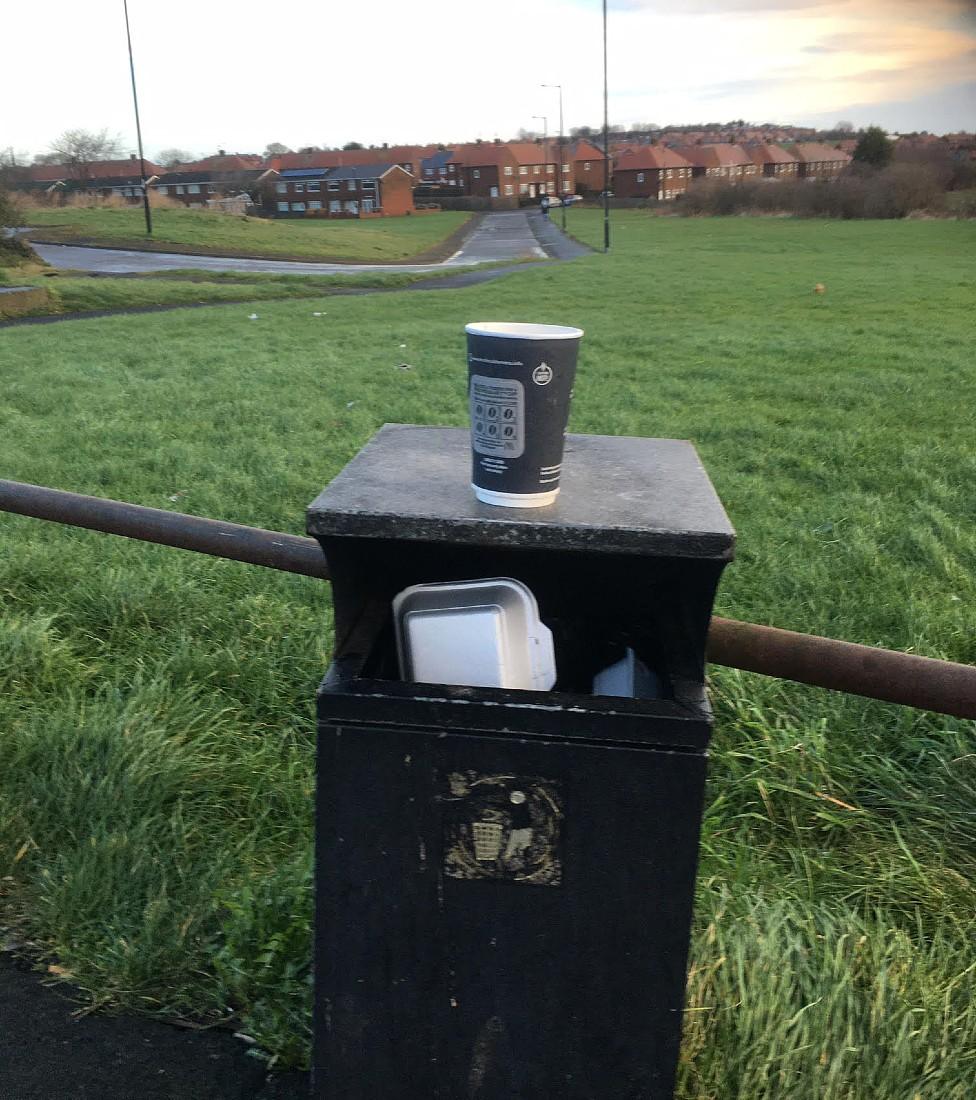

"Any normal decent person has a mix of horror and shock," says Alec Wood of North East Reptile Rescue, which regularly rehouses reptiles whose owners are unable to continue keeping their pets.
"It's an act of cruelty, and none of us like to see that happen to any animal. It paints the hobby in a bad light," he adds. "A very bad light."
The twin findings captured the imagination of local and national media.
"It's really unusual to see this kind of volume of snakes," says Walker. "There'll always be the occasional snake that has escaped his vivarium, and you find him basking in the sun the following day." But this was different.
"For these kind of numbers, it must have been some kind of a trade, possibly some kind of pet shop," he adds. "Though why would a pet shop abandon these snakes which are quite valuable to them and are a source of money?"
The RSPCA's inquiries are continuing, hampered by the fact that there wasn't any CCTV footage of the area. Peta, an animal rights campaign group, offered a £2,500 reward for any information leading to the arrest and conviction of whoever left the snakes. "It takes a disturbing and dangerous lack of empathy to dump so many animals," said Peta director Elisa Allen.
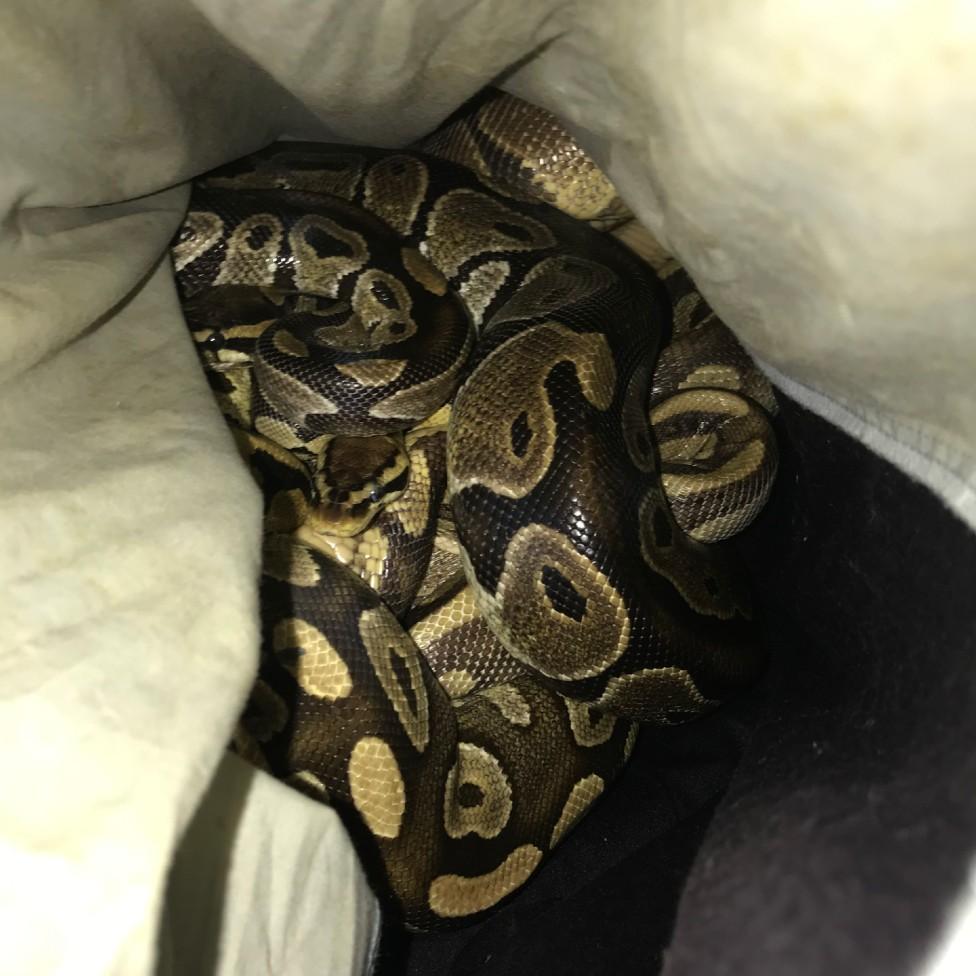
Though an estimated 400,000 snakes are kept as pets in homes across the UK, keeping pythons and corn snakes isn't cheap. The RSPCA recommends housing each in a separate vivarium, large enough for the animal to stretch out, with one end warmer and lighter than the other. The space must be well ventilated, but humidity levels must also be carefully controlled to resemble West Africa, in the case of the pythons, and dry American scrubland or forest in the case of the corn snakes.
"There's a lot of money that has to be tied up in looking after these kinds of snakes, which leads us away from the odd house that's got a vivarium with one snake in," says Walker. "Very unusual."

But specialist snake keepers can't think who the reptiles would have belonged to either.
"If somebody was trying to get rid of a collection that big, people would know about it, and there just isn't anything," says Alec Wood. "If you talk to people in the reptile community around here, if you talk to people who run shops and everything, there hasn't been somebody looking to get rid of a large collection like that recently."
He points out that some of the royal pythons were varieties with rare colours or patterns, known as "morphs". One was a spider morph - yellow with very fine black lines. "They're fairly expensive, or have been in the past," Wood says.
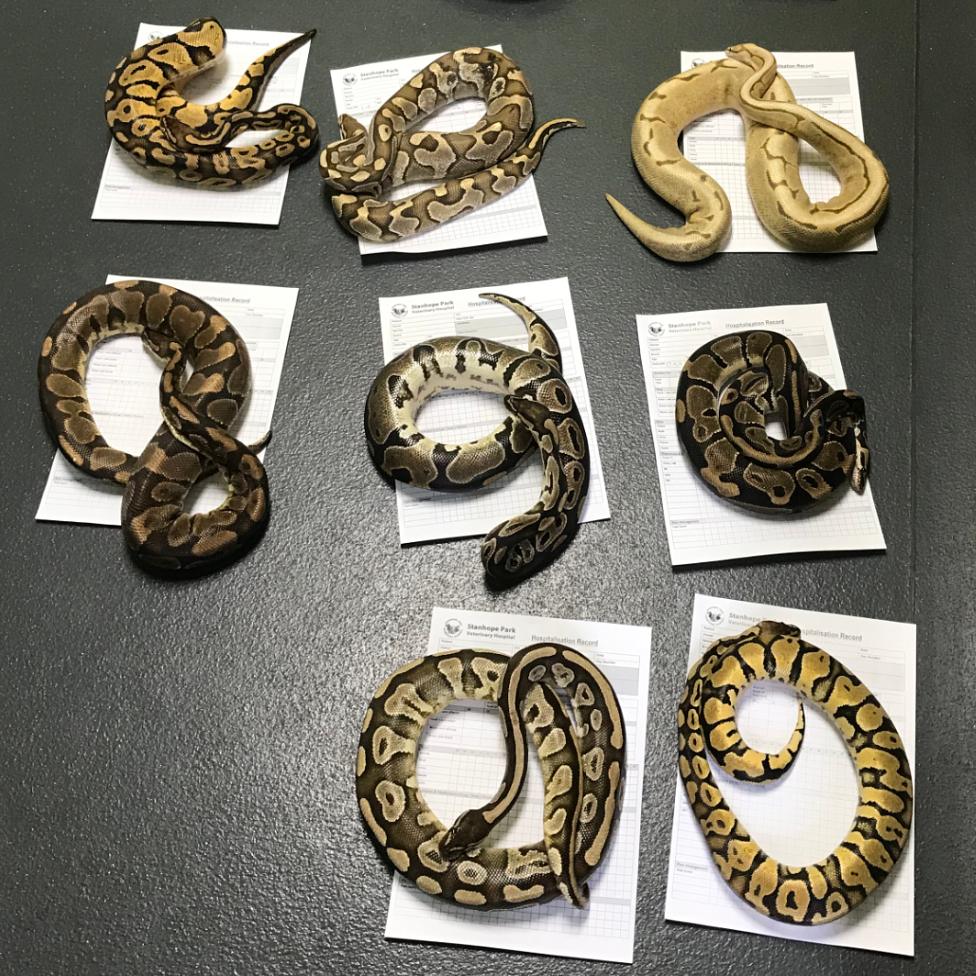
This suggests to him that it wasn't the owner who got rid of the snakes. Perhaps a tragedy occurred, he suggests - a sudden domestic break-up, an unexpected serious illness or a death, as a result of which a friend or relative was left with a large collection they had no idea how to look after or offload?
"If your circumstances changed incredibly suddenly, you might not have the time it takes to get rid of such a large collection through normal routes," he says.
Chris Newman of the National Centre for Reptile Welfare (NCRW), based in Tonbridge, Kent, agrees that the sudden appearance of the snakes out of the blue is odd. Hobbyists are a tight-knit community, he says, so one of them should surely have known who the snakes belonged to.
And there is another thing that doesn't add up, from his perspective: "Typically, people who keep corn snakes keep corn snakes, and people who keep royal pythons keep royal pythons."
For these reasons, he suspects foul play - a deliberate attempt to stain the reputation of the reptile community.
"Reptiles have always attracted lots of negative publicity from animal rights groups, and one can't help thinking that there's something behind this," he says.
"If your intention was to develop publicity, then dumping them would work."
Asked who would want to do such a thing, Newman says he doesn't know.
But Alec Wood says some are uneasy about the RSPCA's involvement in the case, because of its historical opposition to the keeping of all exotic pets.
When the Animal Welfare Act, which governs how people can keep animals in the UK, was being drawn up in the early 2000s, there was a campaign to ban ownership of reptiles. It wasn't successful, but snake hobbyists haven't forgotten.
"It's very easy to become paranoid, but I do like to try and understand what's going on, how these things have happened and what's driving them," Newman says.
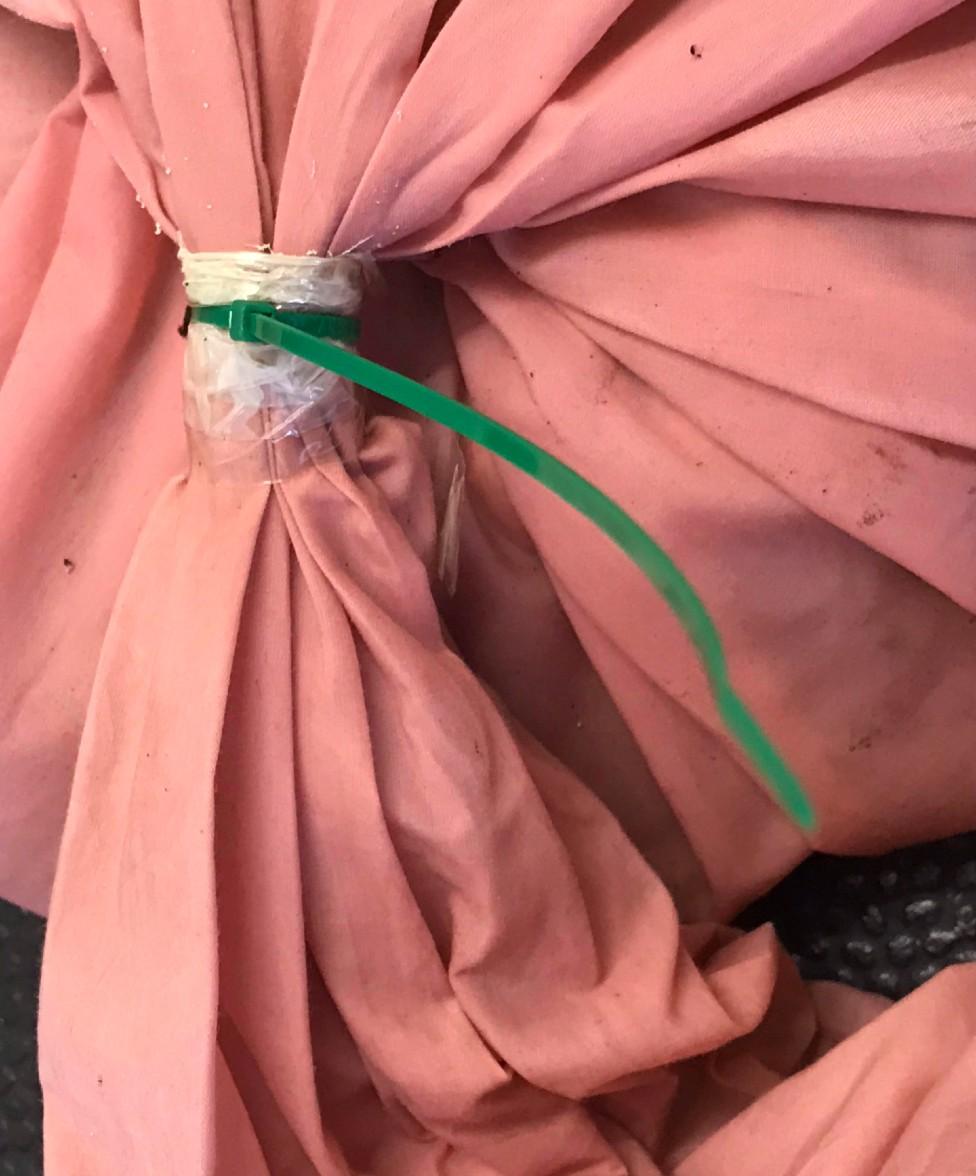
An RSPCA press officer said there was a common misconception among reptile owners that the organisation was against the keeping of snakes, pointing out that the RSPCA published care information to help owners do their best for the animals, external.
A statement continued: "The RSPCA does have concerns about the trade and keeping of reptiles as pets, and meeting the needs of some species will be very difficult, if not impossible, in a typical household... There are some species, for example, which grow very large, such as reticulated pythons which can grow up to 30ft long in captivity; it would be very difficult for owners to provide an enclosure with sufficient space for these animals in a typical home environment."
Peta still argues that snakes suffer in private ownership. "Many are torn away from their natural homes and shipped hundreds or thousands of miles in appalling conditions, only to be shoved into a small tank and later dumped, as these animals were," the organisation says. It recently launched a campaign demanding legislation to ensure snakes are given space to stretch out fully.
Commenting on the suggestion that an animal rights group could have dumped the 29 pythons and corn snakes, a Peta press officer said: "Please know that at Peta we respect snakes and we protect snakes. To suggest otherwise is to slander us."
In the meantime, the RSPCA investigation goes on. "We've put out an appeal for anyone who noticed anything that happened over those two nights, particularly whether any vehicles were seen in the area," says Trevor Walker. There are "a couple of leads" the charity is following up, but which it isn't willing to disclose.
So far, Walker says, the police have not been asked for help.
"As and when the investigation proceeds, if there's any time we need to get access into a building, a property, or a domesticated area, that's when we'll involve the police and ask for their assistance."
You may also be interested in:
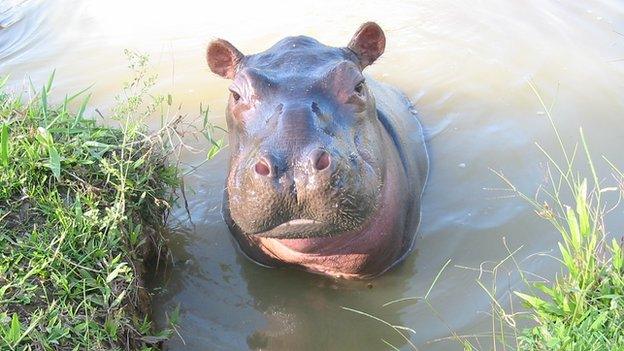
A herd of hippopotamuses once owned by the late Colombian drug baron Pablo Escobar has been taking over the countryside near his former ranch - and no-one quite knows what to do with them.